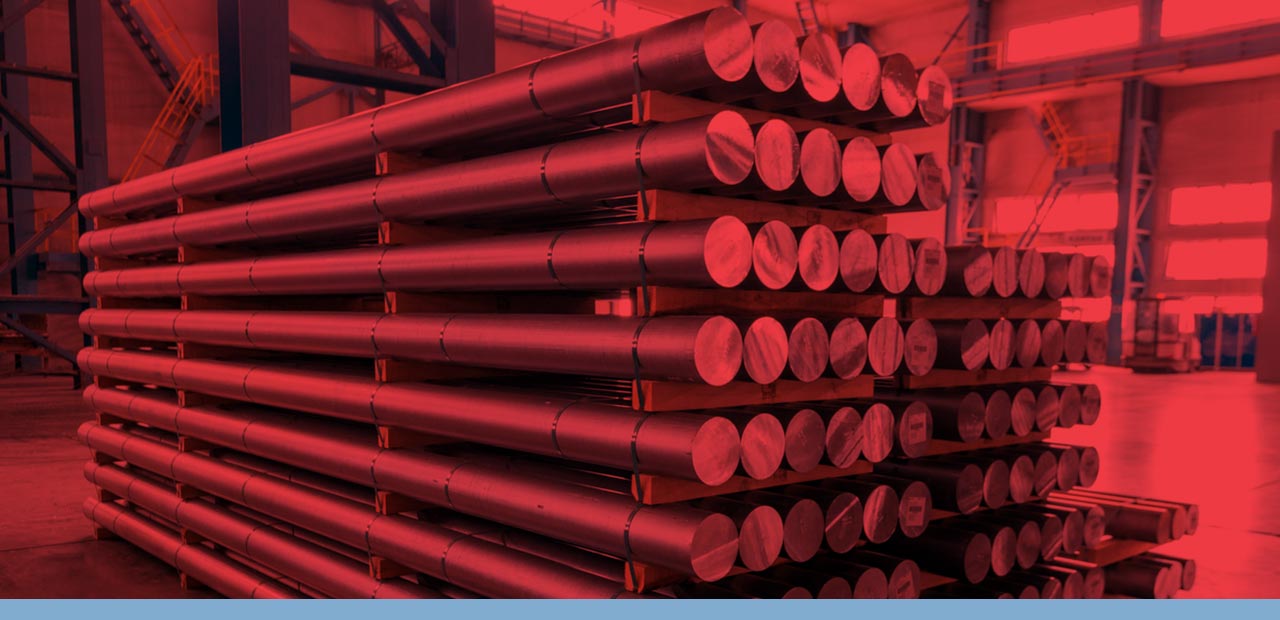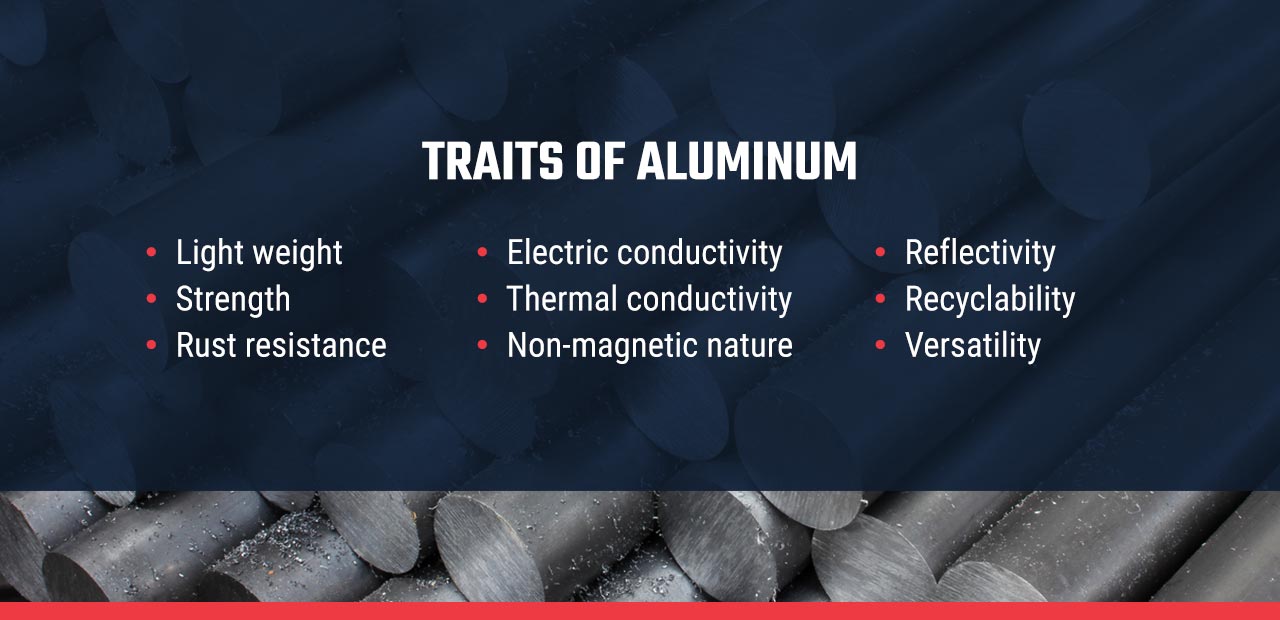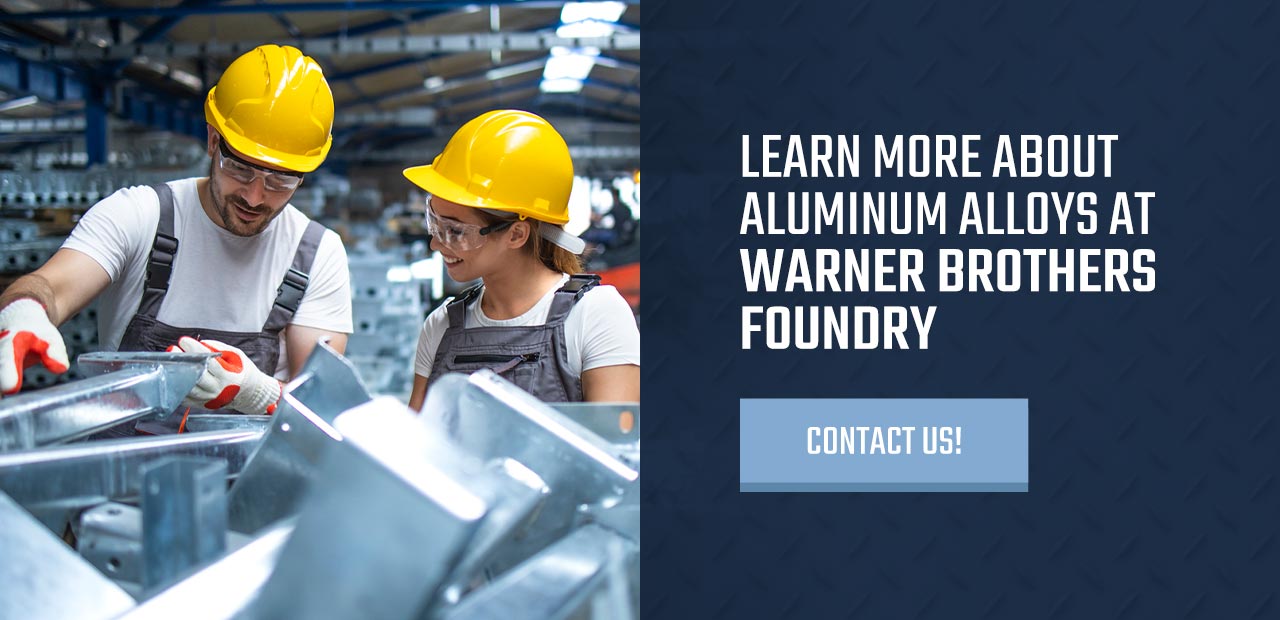Aluminum is a staple in households worldwide that use the versatile material in foils, heating products and cooking utensils. Because of aluminum’s durable nature and the variety of usages it offers, aluminum has become a large part of the manufacturing and construction industries, as well. While aluminum is not a naturally occurring metal, the process of finding and creating aluminum has paved the way for homes and companies to use aluminum or aluminum alloy to create recyclable and economical products.
About Aluminum
Aluminum is a lightweight metal known for its silver and white coloring. This malleable metal is one of the most abundant elements and occurs in igneous rocks or presents itself in various gemstones like topaz and garnet. Though aluminum is never found naturally as a metal, it can be produced when combined with oxygen or different elements.
Where to Find Aluminum
Bauxite is often used to source aluminum. The material can be crushed and doused with water to remove the clay and silica present in the material. It is then kiln-dried and mixed with soda ash or crushed lime. Once processed, the bauxite is reduced under pressure, and the different impurities are removed. After various filters, processes and heating techniques, alumina or aluminum oxide is created. This material is powdery in substance and results from oxygen mixed with aluminum.
The History of Aluminum
Residents of Mesopotamia in 5,000 BCE made pottery from clay that contained aluminum, and the Egyptians and Babylonians were also found to use aluminum in chemicals and medicinal treatments. Another early appearance of aluminum can be found as far back as third-century China, where an analysis of a military leader’s tomb found traces of aluminum decorating the ornaments.
Hans Christian Oersted was the first to produce an impure aluminum sample in 1825. The German chemist Friedrich Wöhler finally perfected the technique around 1827.
In 1855, aluminum was introduced to the public for the first time at the Paris Exposition. Modern methods of producing aluminum were later discovered by men like Charles Martin Hall and Paul-Louis-Toussaint Héroult in 1886. In the 1960s, aluminum became the most popular non-ferrous metal in production, a staple in homesteads and used abundantly in modern machinery.
Traits of Aluminum
Aluminum has many advantages over the various metals available to consumers or production companies. Due to its durability and malleability, aluminum is used in different products worldwide to create machines, conduct heat or make containers and household items. A few important properties of aluminum set it apart from other metals:
- Light weight: Aluminum weighs less than other metals like copper, steel or iron. Because of this, it is often used in transportation or aerospace design.
- Strength: The metal is durable in most weather conditions, including extreme heat or cold temperatures. It can be used excessively and still retain its original strength.
- Rust resistance: Aluminum can be scratched or dented and remain sturdy. The resistance of the materials can be strengthened through paint or finishes. Aluminum also does not rust.
- Electric conductivity: Aluminum’s low density will conduct electricity better than other metals like iron or copper. Different aluminum alloys have various conductivity capabilities and can be used in products like power lines.
- Thermal conductivity: Aluminum is also good at conducting heat or cold and can remain durable in different temperatures. Because of this, it is often used in engines, heaters or refrigerator parts.
- Non-magnetic nature: Because aluminum isn’t magnetic under normal circumstances, companies can use it on a variety of electronic devices.
- Reflectivity: Due to its reflective nature, aluminum is often used as a lamp reflector or to shield products from radio waves or light.
- Recyclability: Aluminum is highly recyclable. Because of aluminum’s durability, it is quickly processed without losing its capabilities or strength.
- Versatility: Aluminum is one of the most malleable alloys out there. Aluminum’s malleability, durability and the properties above make aluminum an extremely versatile material. It can be used for household items to airplane parts.
What Is an Aluminum Alloy?
Aluminum can be formed into an alloy when an aluminum ingot is placed into an alloying furnace, it is melted down and mixed with alloying metals such as copper, silica or magnesium. This forms the aluminum alloy. The mixing of materials with aluminum gives alloys different strengths and properties.
For example, when mixed with manganese, aluminum alloy is corrosive-resistant. When combined with zinc, the material is highly durable and very strong. Often, alloys are cast into solid plates called logs or billets and are later sent to an extruder for aluminum extrusion.
What Is Aluminum Used For?
The uses of aluminum vary across different manufacturing industries and household items. Depending on the grade of the metal, and the type of aluminum or aluminum alloy produced, it may have different strengths, electrical capabilities or corrosion resistance. Aluminum is generally used in various products throughout the world. Some common examples include beer kegs, airplane parts, window frames, utensils, cans and foil. Aluminum is also found in electrical lines or in the form of aluminum coatings, such as in packages, decorative paper and toys.
Types of Aluminum Metals
The most commonly used grades of aluminum are 1100, 3003 and 6061. The different numbers signify their usage and capabilities:
- 1100: 1100-grade aluminum is a malleable metal that is shaped easily into different products. It is most often used in chemical equipment, dials, tank cars, nameplates and fin stock. Industries like lighting or plumbing will use 1100 grade, and it may also be used for cooking utensils or construction purposes.
- 3003: 3003 aluminum is a general-purpose alloy used for cookware, utensils, pots and pan lids. While it is a versatile grade, it cannot handle very high temperatures.
- 6061: The 6061-grade aluminum is often used for products that are subjected to wear and tear over time. This might include guttering or parts of furniture. The strength of the 6061 grade is also important, making it an excellent option for products that experience humidity.
Learn More About Aluminum Alloys at Warner Brothers Foundry
At Warner Brothers Foundry, our team is dedicated to assisting you or your company with your aluminum, brass and bronze casting needs. We provide excellent service to our customers in the casting industry looking for prototypes or production material. Warner Brothers Foundry uses air-set sand to produce non-ferrous castings. This method will reduce our cost of production and your final price.
Check out our aluminum alloy specs sheets to learn more about aluminum alloys, and contact Warner Brothers Foundry for all your metal casting needs.




